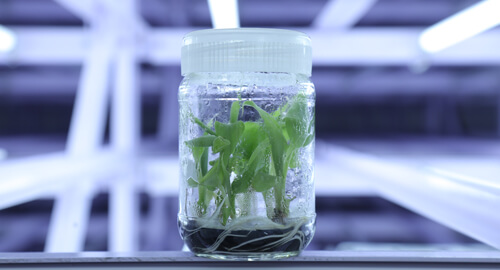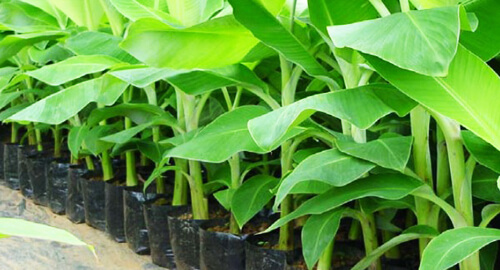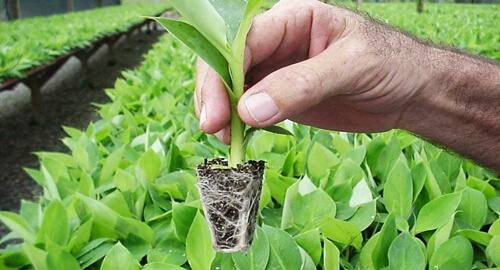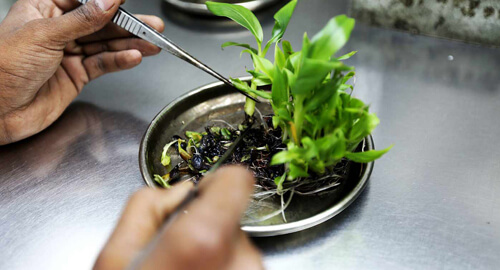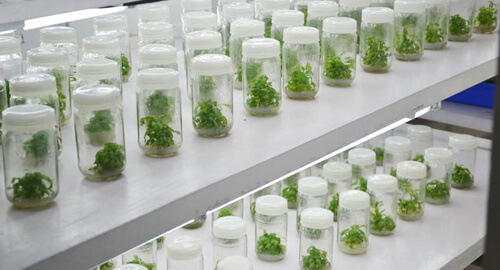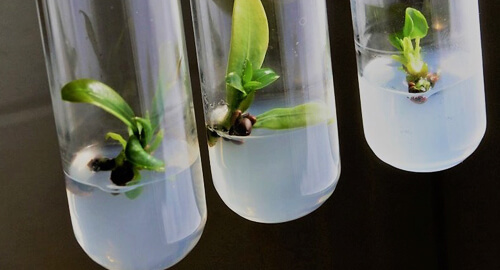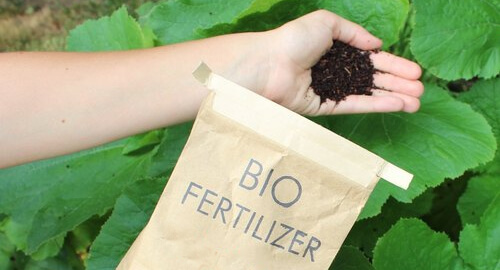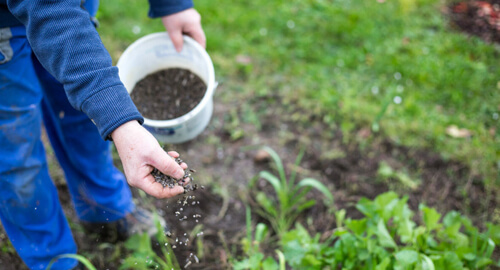We provide tissue cultured plants and also offers modern fertilizers as per demand. Check out more information below.
Banana Tree Tissue Culture
Highlights

Quality seedlings

Disease free seedlings

Production of excess seedlings in a short period of time

Uniformity in growth and yield

Seedling production as per-determined
How to care Banana Tree Tissue Culture plant

Handle the seedlings carefully.

Seedlings should be 15 to 20 cm long and have at least four leaves.

Good drainage is essential and avoid waterlogged areas.

Acidity: 6.0-7.5

Pit size:50x50x50cm

Compost / Dung: 10kg

Cut the polythene cover and plant the planting mixture without disturbing the seedlings.
Fertilizer application
| Sl. No | Time for applying Fertilizer | Urea (Grm) | Masuri Fos Raj Fos (Grm) | Muriate of Potash (Grm) |
|---|---|---|---|---|
| 1 | One month after planting | 110 | 360 | 110 |
| 2 | Two months after planting | 110 | 110 | |
| 3 | Three months after planting | 110 | 280 | 110 |
| 4 | Four months after planting | 110 | 110 | |
| 5 | Five months after planting | 110 | 110 | |
| 6 | After the bunch of bananas came | 110 | 215 |
The trace elements zinc, iron, boron and copper manganese are also crucial for the growth of tissue culture bananas. In the absence of these, the growth of the banana is completely inhibited and some symptoms are manifested.
Resources containing the above mentioned trace elements can be used in the third and fifth months.
Ornamental Plants Tissue Culture
ORCHIDS
The cultivation of monocot explants is more difficult to culture than dicot explants. However, some parts of some species of orchids, like floral meristem and protocorms of genus Cymbidium, can be cultured using a simple vitamin B-containing medium.
Requirements

Rimless culture tubes containing 10 ml agar medium.

Tissue paper

Erlenmeyer flasks (250 ml) containing 200 ml distilled water.

Petri dishes

Aluminum foil

Forceps

Scalpels

Pseudobulbs of Orchids

Glass beaker containing 200 ml 20% solution (v/v) of a commercial bleach preparation.

Glass beaker (250 ml) containing 200 ml of 95% ethanol.

Metal scalpel

Bunsen burner

Erlenmeyer flask containing 100 ml 95% ethanol.
Procedure
- Take the pseudobulbs and remove all the side buds, revealing meristem.
- The meristem will still be covered with the small leaves.
- Cut through the base of buds with a scalpel and dip the pieces in the 95 % ethanol for 10 seconds.
- Take out the buds and remove the extra ethanol and then immerse the pieces again in the hypochlorite solution for 25 minutes.
- Remove the buds from the solution and wash them thoroughly with three changes of sterile distilled water.
- Place buds in the 95 % ethanol for 10 seconds to remove the leaves.
- After removing leaves, rinse the explant with sterile water.
- Carefully separate the meristem using a sharp scalpel under a microscope.
- Place the meristem in agar-containing cultured tubes.
- Incubate the culture in white light at 25 ℃ for 8 days.
- After 8 days, a perfect green-colored protocorm will be visible.
- Subdivide the protocorm in the cultured tubes using a sharp sterile scalpel.
- Place the pieces on agar, flame the mouth of the tube, and cover it using aluminum foil.
Advanced Fertilizing Techniques

Production of Tissue culture Plants in rare and extinction crop sps.

Production of Bio-manures.

Production of Bio-fertilizers and Bio-pesticides.

Corporate Farming (Organic Farming).

Shared Farming.

Turnkey Projects.

Contract Production.

Design and implementation of Plant tissue culture Labs & Green House Facilities.

Research and Training in emerging fields of Biotechnology.
